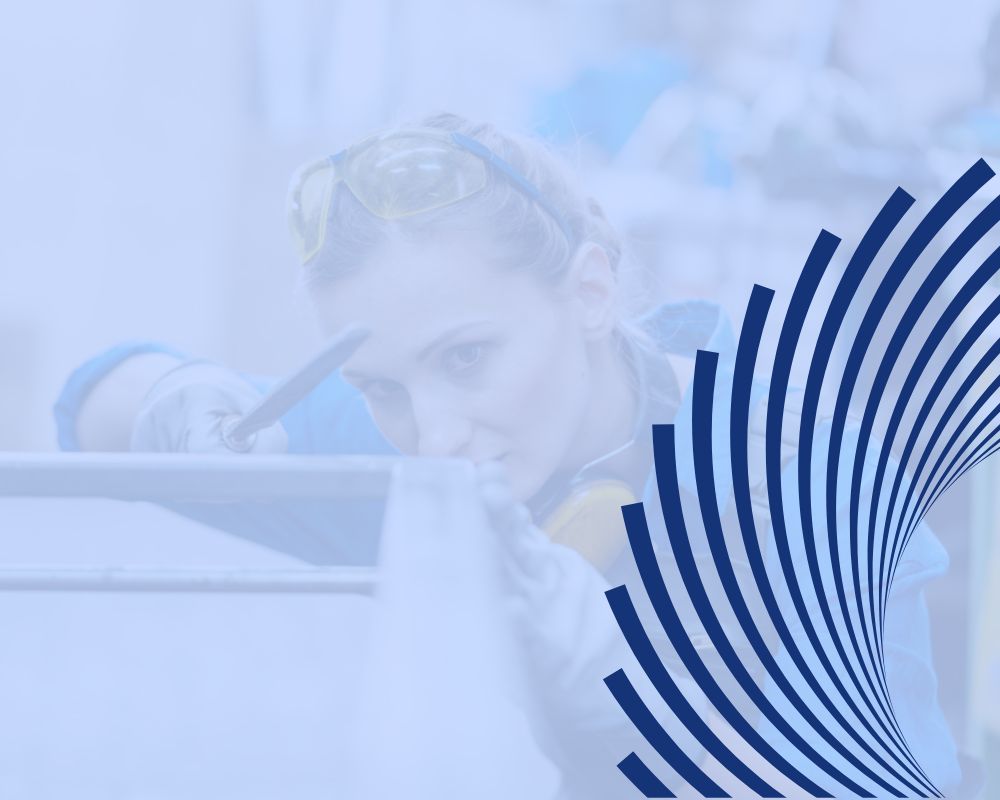Top 5 Surface Finishing Techniques for a Flawless End Product
Surface finishing plays a crucial role in achieving impeccable results in manufacturing and other industries. By employing the right techniques, you can enhance the appearance, functionality, and durability of your products. In this blog post, we will explore the top five surface finishing techniques: abrasive blasting, chemical etching, vibratory finishing, electroplating, and buffing. Discover their unique advantages, applications, and considerations for achieving flawless end products.
Abrasive Blasting
Abrasive blasting, also known as sandblasting, involves propelling abrasive materials at high velocity to clean, smooth, or texture surfaces. This technique efficiently removes burrs, scale, rust, and contaminants from various materials. Its versatility makes it suitable for a wide range of industries, including automotive, aerospace, and construction. By adjusting the type of abrasive material and pressure, precise surface profiles and finishes can be achieved. However, proper safety measures, such as protective equipment and appropriate ventilation, are essential when using this technique.
Chemical Etching
Chemical etching is a precise and controlled surface finishing technique that uses chemical solutions to selectively remove material from the surface. It is particularly effective for intricate designs, creating fine patterns, and achieving precise depth control. Chemical etching offers exceptional repeatability, allowing for consistent results. This technique finds applications in the production of electronic components, decorative items, and precision parts. Careful consideration of the chemical composition, etching time, and surface protection is necessary to ensure optimal outcomes.
Vibratory Finishing
Vibratory finishing involves placing workpieces, along with abrasive media and compounds, into a vibrating container. The vibrations cause the media to interact with the surfaces, resulting in the removal of burrs, smoothing of edges, and achieving desired finishes. This technique is widely used for small to medium-sized parts in industries such as jewellery, medical devices, and electronics. Factors like the selection of appropriate media, compound concentration, and processing time influence the results obtained through vibratory finishing.
Electroplating
Electroplating is a surface finishing process that involves depositing a layer of metal onto a substrate through an electrochemical reaction. This technique offers exceptional corrosion resistance, improved aesthetics, and enhanced wear resistance. It finds applications in jewellery, automotive parts, and electronic components. Careful consideration of factors such as the choice of plating metal, current density, and bath composition ensures consistent thickness and quality of the plated layer.
Buffing
Buffing is a mechanical surface finishing technique that involves polishing a surface using abrasive compounds or wheels. This technique produces a smooth, glossy finish and enhances the reflectivity of the material. Buffing is commonly used for metals, plastics, and wood in industries such as automotive, furniture, and jewellery. The selection of appropriate buffing compounds, wheel materials, and pressure control are crucial for achieving desired finishes.
Conclusion
By employing the right surface finishing techniques, manufacturers can achieve flawless end products with enhanced aesthetics and functionality. Abrasive blasting, chemical etching, vibratory finishing, electroplating, and buffing each offer unique advantages and applications. Understanding the considerations and optimising these techniques can elevate the quality of your products and provide a competitive edge in the market.


